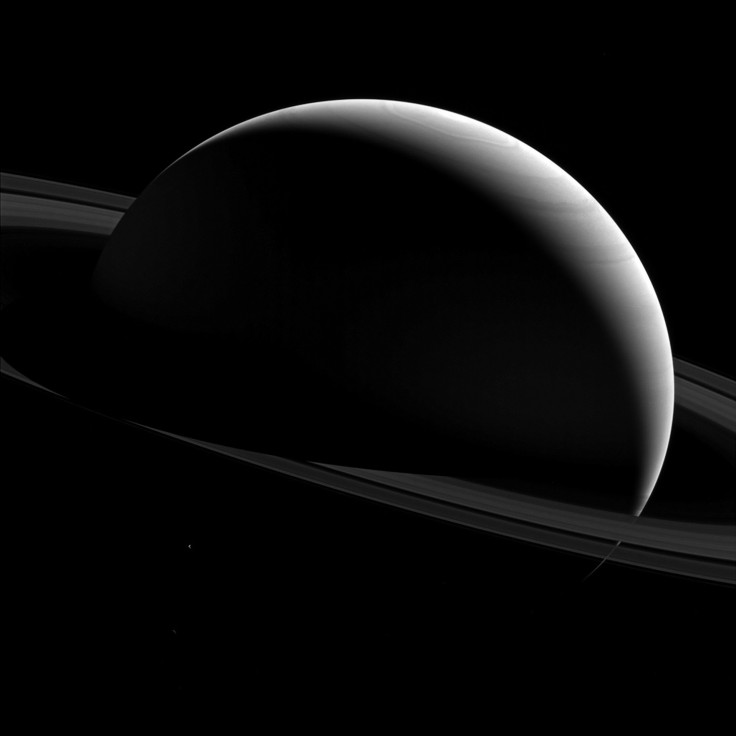Formation of some of Saturn’s moons may have coincided with dinosaurs on Earth, new study says

Here’s science news that is most interesting. While dinosaurs were still roaming our Earth, Saturn was growing some of its moons. After computer models simulated Saturn’s moons’ gravitational interactions and shifted orbital tilts over time, scientists have come to believe that some of the icy objects and moons orbiting Saturn may have been formed when dinosaurs were still roaming Earth during the Cretaceous Period. Thus, some of these celestial structures were formed less than 100 million years ago.
Currently, 53 of the 62 moons of Saturn are named. The hundreds of icy objects comprising Saturn’s ring have not been named yet. The largest of the moons, Titan, is bigger than planet Mercury and is the only moon having a thick atmosphere in the solar system.
Search for Extra-terrestrial Intelligence Institute (SETI) astronomer, Matija Cuk, is of the opinion that none of the moons inferior to Titan are primordial. In fact, they were most likely formed in the last two percent of Saturn’s 4.5 billion year history.
“So the question arises, what caused the recent birth of the inner moons? Our best guess is that Saturn had a similar collection of moons before, but their orbits were disturbed by a special kind of orbital resonance involving Saturn’s motion around the Sun. Eventually, the orbits of neighbouring moons crossed, and these objects collided. From this rubble, the present set of moons and rings formed,” Cuk says in the SETI press release.
Although most of the Saturn’s moons are relatively new as per the model, interestingly, the planet always had multitudes of orbital companions. The study can prove beneficial in judging the ages of other moons in the Solar System and beyond. It is really unimaginable to think that moons were forming in our Solar System during a period humans can envision.
Although 100 million years is a long time, still, cosmically speaking, the period is just like yesterday.
The study was published in the Astrophysical Journal.





















